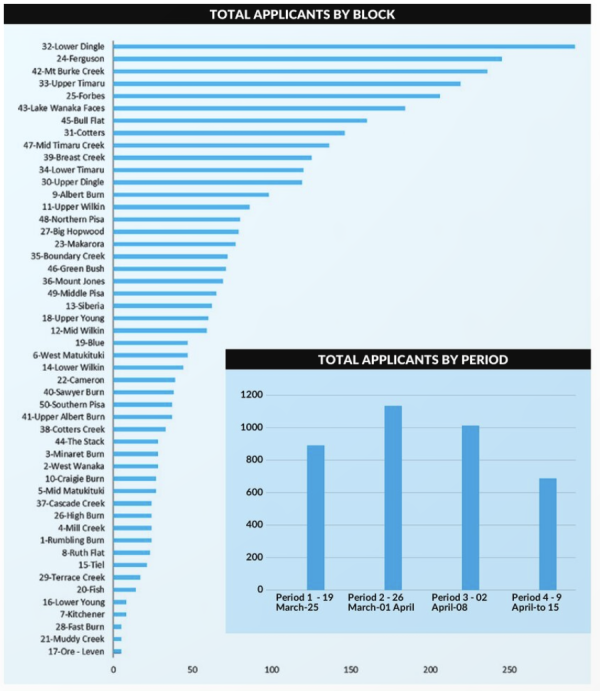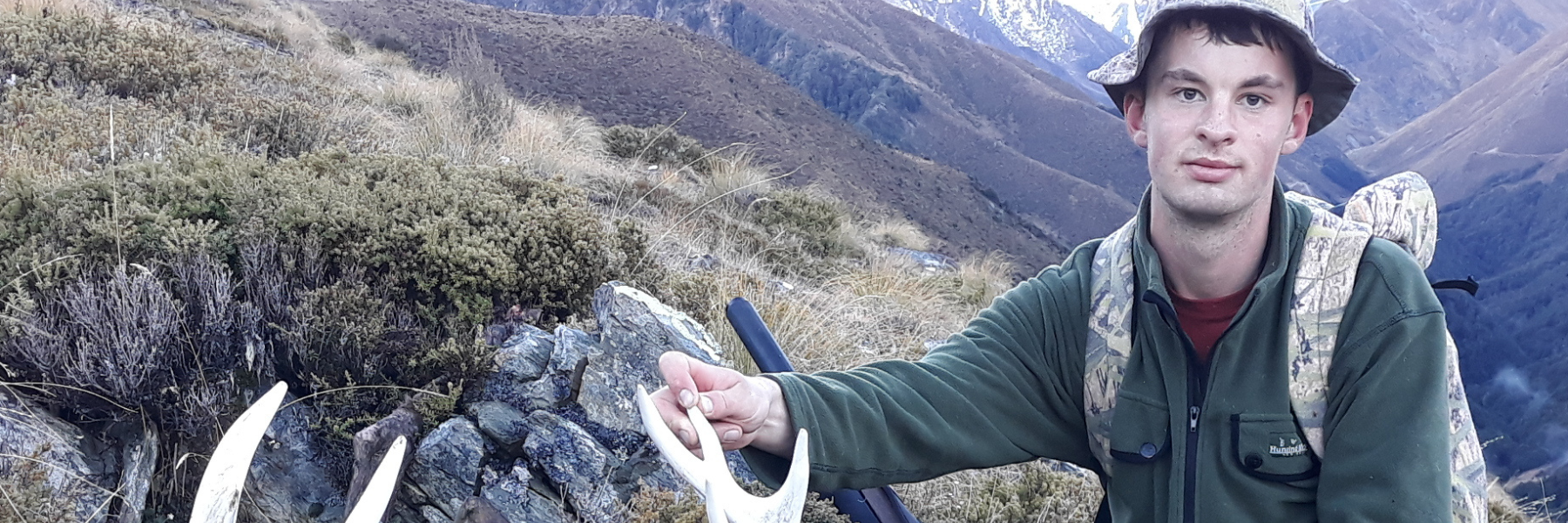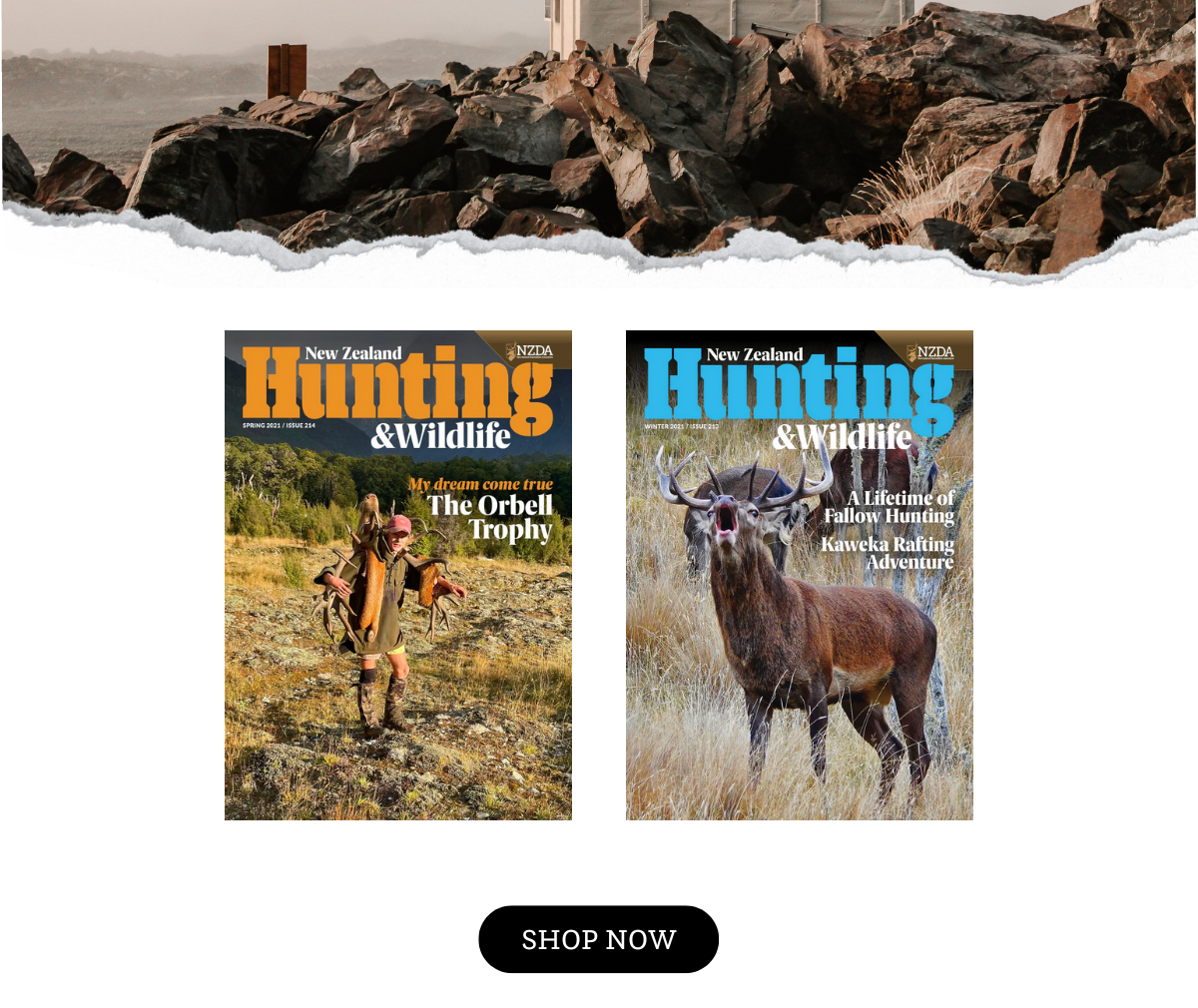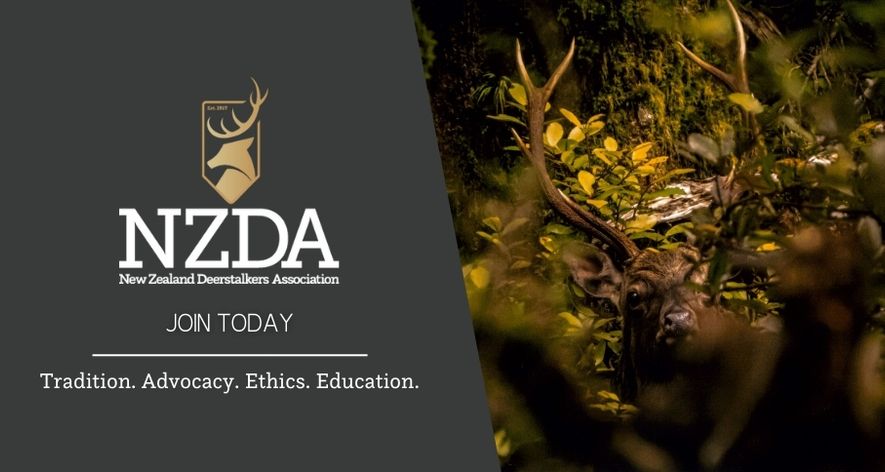Wanaka Ballot Blocks
Hunting and Wildlife Magazine - Spring Issue 222
Words By: AARON SHIELDS Secretary Nelson Branch
Balloting is another one of those aspects to hunting that kiwi hunters experience over time. It usually comes with experience once you've read a few stories or heard the same location being dropped in conversation while chatting to other hunters. In this article I will outline the basics of balloting and specifics for a particular ballot plus the mechanics of how they are actually conducted. The good folks at DOC have provided all the raw data and information that this article is based on and were extremely helpful and patient with my questions. The help of a mathematical scientist who agreed to do a favour before knowing what it involved means that I can share with NZDA members how these ballots work in principle and the probability of success for the 2023 Ballot.
I've written this article to debunk some myths associated with public land ballots in the hope to better inform hunters and shed light on the process which may just help you secure a coveted ballot for 2024.
The Wanaka Roar Ballot epitomises balloting in NZ for a multitude of reasons ranging from ease of entry, number of available blocks and history of the herd. It’s free to enter and is in one of the most stunning landscapes to hunt in the country. The Otago herd’s progeny and history is well documented in NZ hunting publications which will account for a large degree of the interest in the area. This is due to the Scottish bloodlines that were first released there and the large sweeping antlers that the landscape subsequently produced given the abundance of high quality feed. Those bloodlines are still present in the modern era herd but require hunters to collectively leave immature stags to reach their full potential. The GAC have done some great work lately helping educate hunters on aging red stags on the hoof and have even released a Red Stag Ageing Guide that's worth familiarising yourself with prior to heading out in the roar.
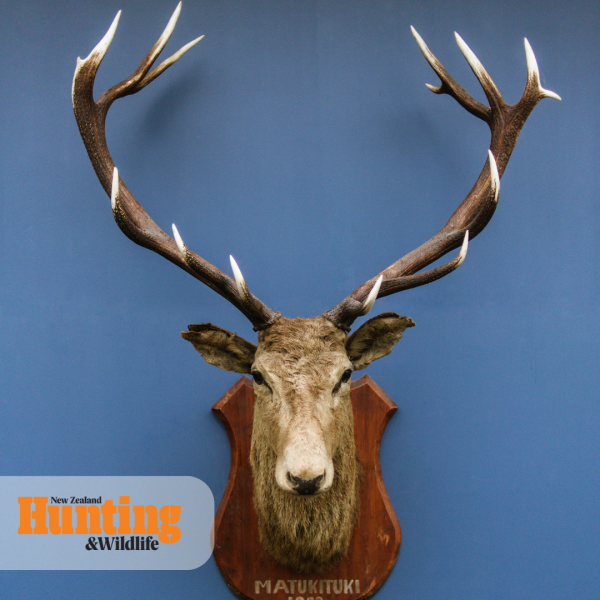
The nuances of the Wanaka Roar are as follows:
- Opens on the 1st October 2023
- Ballot drawn 6th November 2023
- There are four dates (seven day periods) and 50 blocks.
- That makes 200 individual ballot opportunities for hunters to ballot for.
- Hunters can nominate four choices and make an application via an easy-to-use online form.
- The DOC website lays out all the requirements simply with a detailed map of the available blocks plus a decent time window to get your application submitted. www.doc.govt.nz
How the Draw works
Each application is assigned a random number. The Draw is conducted with a number drawn which is matched against the applicant's block choice in order of preference with block availability. The first applicant drawn is the only one guaranteed to get their first choice. From then on it's truly a lottery based on a combination of where in the draw an application is picked, the applicants choices and also all previous application choices that have gone before it.
Let's face it - the hunting experience would be greatly diminished if it was a free for all during the busy Roar period so it does need a system to allocate times and areas with a transparent and fair ballot the method of choice.
So what actually happened in the 2023 Wanaka Ballot?
966 applications were received with a total of 3727 choices made from a possible 3864 (4x966). That means 137 choices were left blank on applications! Each application was assigned a number from 1-966 which ensures each draw is anonymous with no names visible.
As each number is drawn it is matched to its corresponding application. If the 1st choice is already allocated their second, third and fourth is allocated should their choice be available. If none of the application choices are available the application is unsuccessful and the next number is drawn. Unsuccessful applications are sent their draw number which is entry into the ‘first come first served’ second chance option for any unallocated blocks at the completion of the ballot draw.
What’s curious is that the first 200 numbers drawn are not expected to get a block from the 200 available opportunities - this is due to the concentration of ballot choices by hunters as demonstrated in the charts and tables below. In 2023, number 946 (almost the last number drawn!) was successful in being allocated a block because they chose a block and period that was not popular with other hunters. That’s worth pondering. You can be drawn last and still be successful in receiving an allocated block.
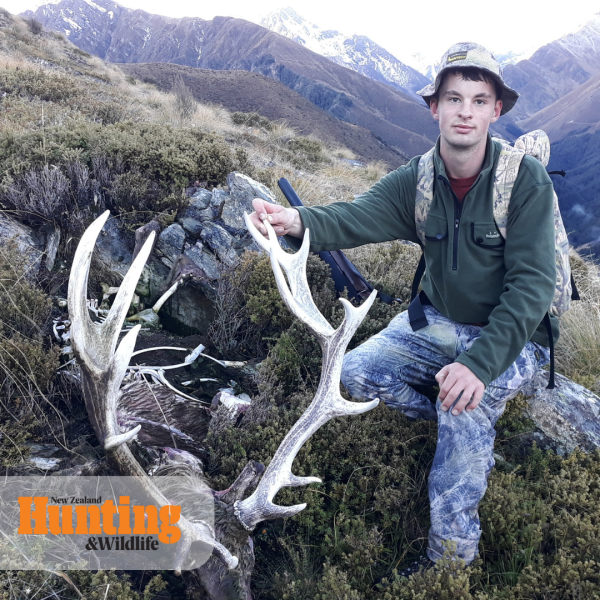
There are a couple of myths and comments that get made about balloting in NZ which were the motivation to produce this work. The first is Overseas residents get issued a lot of the blocks. That is simply untrue. The next is that it's rigged because “I never get anything”. The reason balloting success appears low among NZ hunters lies in the distribution of choices which is truly eye opening. We all pick the same blocks and periods! You can see it clearly in the graphs with four blocks attracting the majority of applications. No wonder none of us hit the jackpot! The probability (as determined by the mathematician) of drawing Ferguson, Lower Dingle, Mt Burke Creek, Forbes and Upper Timaru in the second period is approximately 1%. Another way of thinking about that is that if you balloted 100 times you could expect to receive those blocks once on average. Over a 100 years you may draw Upper Timaru, 2nd period once. That's not great odds, so don't expect a successful application regularly.
The other myth mentioned is the influence of foreign hunters in the ballot. Out of the 966 applications, 11 were from internationals with 2 applications being successful. It's another question entirely if NZ citizens should receive priority which I won't go into here but the purpose of the data is to demonstrate internationals have little influence in the Wanaka Ballot in 2023.
Some tips for improving your chance of ballot success
- Sometimes hunters choose the same block for all four block choices which limits their entry to one block being available. Obviously this could work if your application is drawn at the very beginning of the ballot.
- Using all four ballot choices maximises your ballot chances so don't leave a choice and only pick two or three options. Use all four chances. 137 options were left blank in the 2023 ballot.
- Spreading your block and period choices increases your chances. You now have the data that demonstrates less favoured blocks which can still produce an animal of a lifetime and in some respects - may have a greater chance of doing so if it’s not being hunted.
- If you chose highly popular blocks you should have low expectations of being successful - but hey - someone has to be allocated those blocks and periods!
We have concluded the chances of getting the most popular blocks are extremely low and international hunters do not play a significant part in the ballot. The ballot is an important tool to manage demand for a particular area. Good luck with your ballots and remember there are ample, outstanding areas that aren’t balloted in the roar period.
